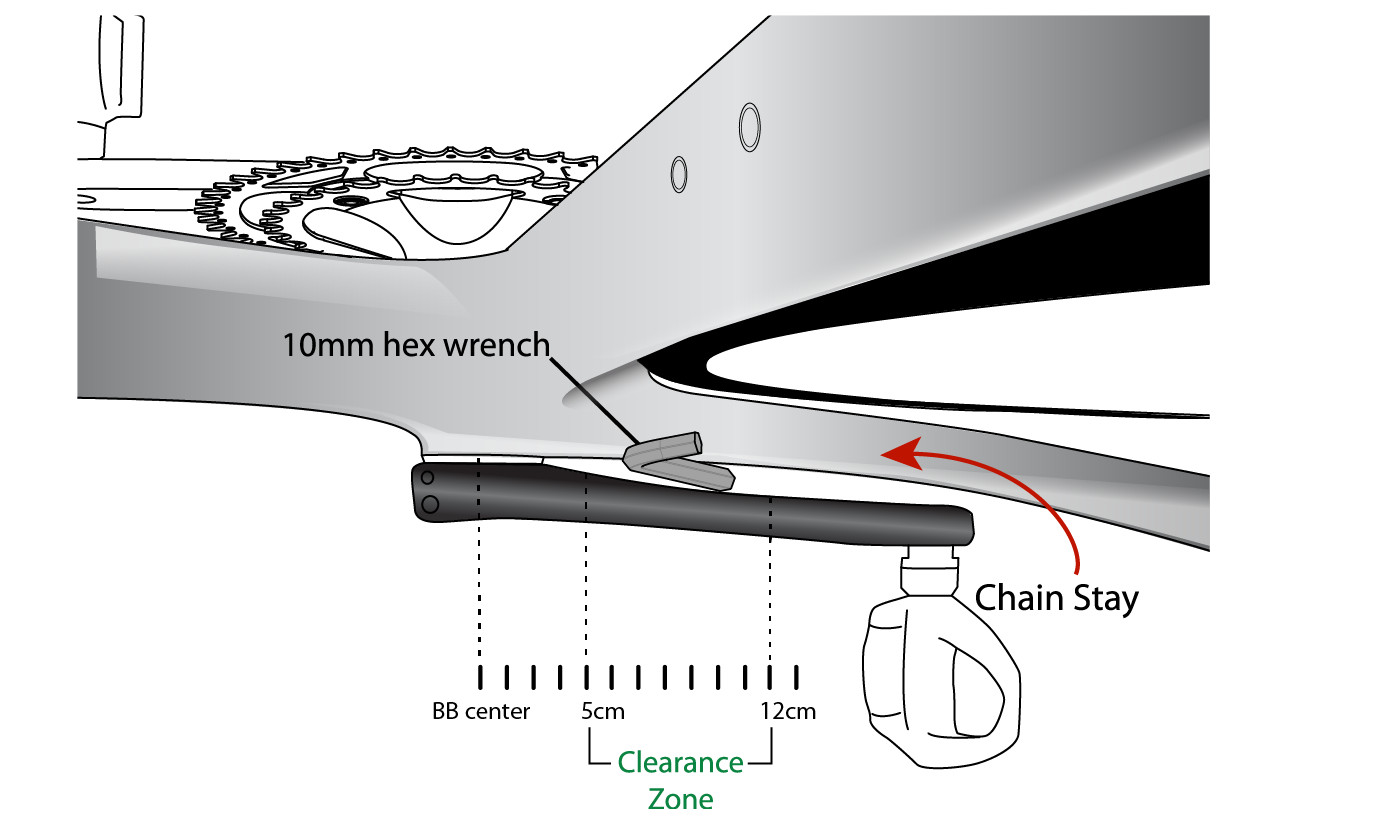Crank arm power meters have become a popular choice for cyclists seeking accurate and reliable power measurement. These devices offer a straightforward way to track your cycling performance, providing valuable data to enhance your training and achieve your fitness goals. Brands like 4iiii Innovations and Stages Cycling are leading the charge in this category, offering various options to suit different needs and budgets. Before you invest in a crank arm power meter, understanding the key aspects is essential to ensure compatibility and optimal performance.
Brand Overview: 4iiii Innovations and Stages Cycling
When it comes to crank arm power meters, 4iiii Innovations and Stages Cycling stand out as prominent brands. Both offer high-quality, reliable options, but with slight differences. 4iiii Innovations is known for its competitively priced PRECISION 2 models and the advanced PRECISION 3 series, while Stages Cycling boasts a broader compatibility range across different crankset brands. Understanding these brands is the first step in choosing the right power meter for your bike.
Frame Compatibility: Ensuring a Perfect Fit
A crucial step before purchasing a crank arm power meter is to check your bike frame’s compatibility. The power meter sensor adds a small amount of thickness to the crank arm, which may cause clearance issues with the chainstay on some bike frames. Specifically, for Stages and 4iiii PRECISION 2 power meters, you need to ensure at least 10mm of clearance between the left crank arm and the chainstay. For the slimmer 4iiii PRECISION 3 models, 8mm of clearance is required. It’s also important to check for bottom bracket mounted rear brakes, common on aero and time trial bikes, as they can interfere with power meter installation.
 Crank Arm Power Meter Frame Clearance Check: Diagram illustrating the space needed between a bike frame's chainstay and a left-side crank arm power meter for proper installation. Check for at least 10mm clearance for Stages and 4iiii PRECISION 2, and 8mm for PRECISION 3 models to ensure compatibility.
Crank Arm Power Meter Frame Clearance Check: Diagram illustrating the space needed between a bike frame's chainstay and a left-side crank arm power meter for proper installation. Check for at least 10mm clearance for Stages and 4iiii PRECISION 2, and 8mm for PRECISION 3 models to ensure compatibility.
Quick Comparison: 4iiii vs. Stages Crank Arm Power Meters
Choosing between 4iiii and Stages often comes down to a few key factors. Let’s break down a quick comparison across price, model availability, installation, power measurement methodology, connectivity, battery life, and weight.
Price Point
Historically, 4iiii PRECISION 2 power meters have been more budget-friendly, typically priced around 8-10% lower than comparable Stages models. However, the newer 4iiii PRECISION 3 models are positioned slightly above Stages in terms of cost, approximately 3% more expensive on average. As 4iiii phases out the PRECISION 2, the price advantage may shift slightly in favor of Stages in the long run.
Model Range and Crankset Compatibility
Stages Cycling offers broader compatibility, manufacturing crank arm power meters for a wide array of crankset brands including Shimano, Campagnolo, FSA, Cannondale, SRAM, Easton, and Specialized. 4iiii Innovations primarily focuses on Shimano cranksets for their road crank arm power meters. Both brands specialize in left crank arm power meters (single-sided power measurement), which are the focus of this guide, and also offer complete cranksets for dual-leg power measurement, available on dedicated crankset pages.
Installation Simplicity
The installation process for these crank arm power meters is generally user-friendly. It involves simply replacing your existing left-side crank arm with the power meter version. For most models, this is a quick task, usually taking only 5-10 minutes. An exception is the Stages Carbon for SRAM BB30 Power Meter, which necessitates spindle replacement. Furthermore, for Shimano models, a Shimano Crankarm Cap Tool (sold separately) is required for installation.
Power Measurement Technique
All the left-side crank arm power meters discussed here employ a single-sided power measurement method. They measure the power output from your left leg and double this value to estimate total power. This calculation assumes a balance in power distribution between both legs.
ANT+/Bluetooth SMART Connectivity
Connectivity is seamless with both 4iiii and Stages power meters, as they are all dual ANT+ and Bluetooth SMART compatible. This ensures compatibility with a wide range of bike computers, smartphones, and training apps.
Battery Performance
Both brands utilize CR2032 batteries. However, battery life varies significantly between models. 4iiii PRECISION 2 models offer approximately 100 hours, while the PRECISION 3 boasts an impressive 800 hours. Stages power meters provide around 200 hours of battery life.
Weight Considerations
Crank arm power meters are among the lightest power meter options available. 4iiii power meters add a minimal 7.5-9 grams to your bike, depending on the specific model. Stages power meters add approximately 20 grams, still considered very lightweight.
By considering these comparison points and ensuring frame compatibility, you can confidently select the best crank arm power meter to meet your cycling needs and enhance your training experience.
